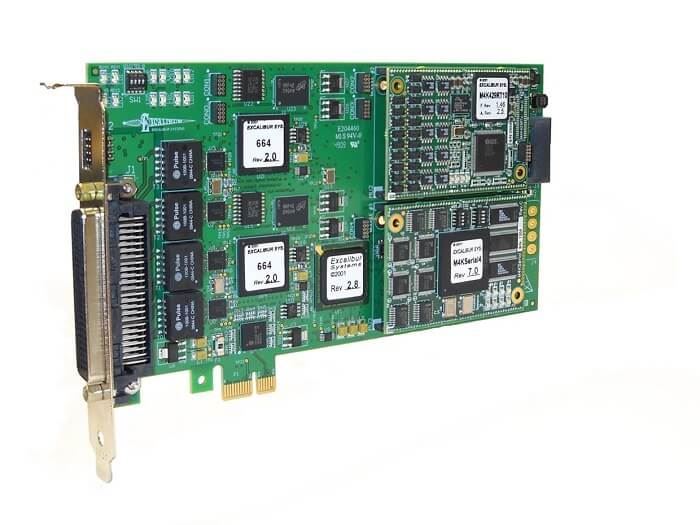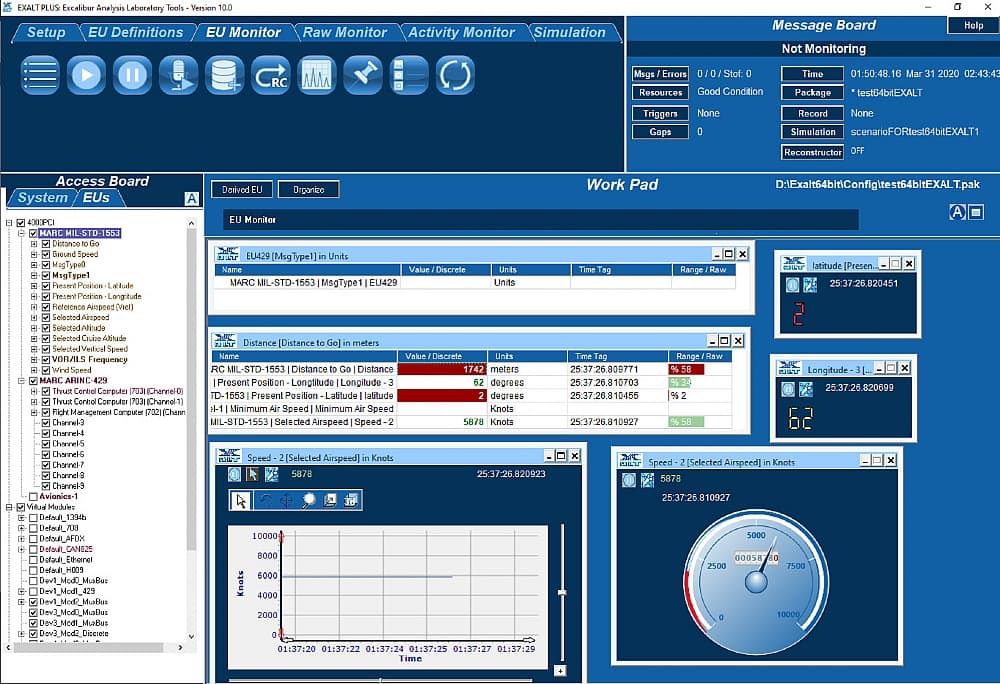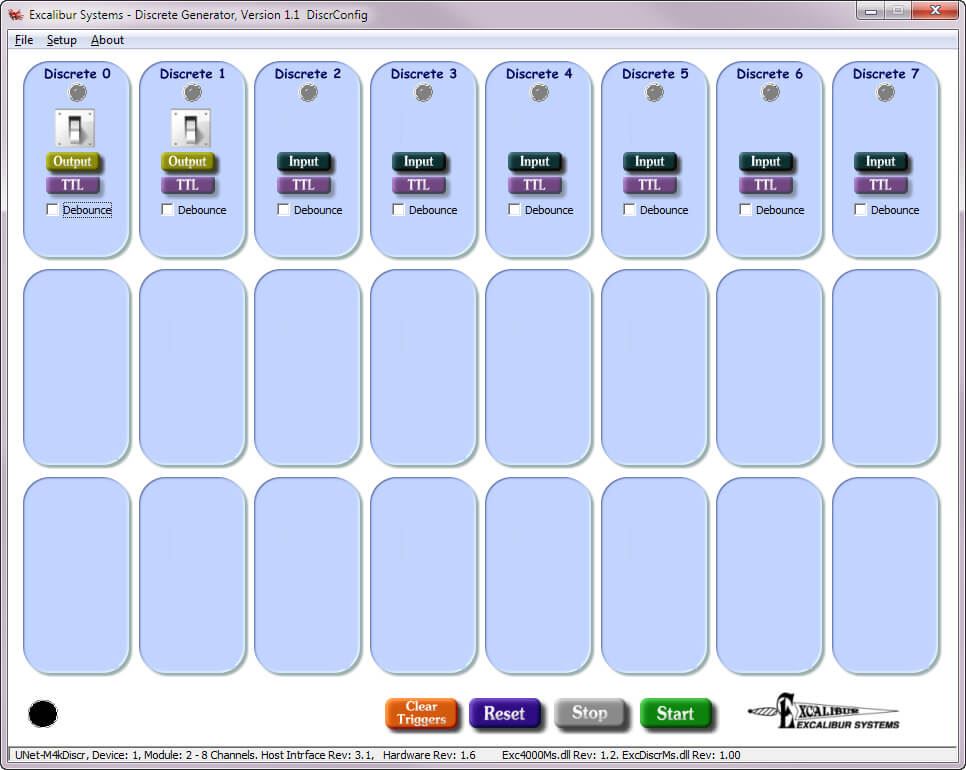ARINC 664 interoperability is crucial for the development of reliable and safe avionics systems. Excalibur Systems offers a comprehensive suite of solutions to address the challenges associated with this complex standard.
Introduction
In the realm of modern avionics, the ARINC 664 standard plays a critical role, defining a high-speed, deterministic, and fault-tolerant network for aircraft data communication. This standard, based on switched Ethernet technology, has become essential for integrating various aircraft systems, including flight control, navigation, communication, and passenger entertainment. However, as aircraft systems grow in complexity and the number of interconnected devices increases, ensuring seamless interoperability between different ARINC 664 implementations becomes a significant challenge.
This article delves into the complexities of ARINC 664 interoperability, exploring the common hurdles faced by system integrators and engineers. We will then examine the solutions offered by Excalibur Systems, a leading provider of ARINC 664 test and integration tools, highlighting how their innovative hardware and software address these challenges and facilitate the development of robust and reliable avionics systems.
Challenges of ARINC 664 Interoperability
Achieving interoperability in ARINC 664 networks is not without its difficulties. Several factors contribute to these challenges:
1. Diverse Implementations: While the ARINC 664 standard provides a framework, different vendors and manufacturers may interpret and implement specific aspects of the standard differently. This can lead to variations in hardware components, software configurations, and network protocols, potentially causing compatibility issues.
2. Legacy System Integration: Modern aircraft often need to integrate new ARINC 664 components with older systems based on different communication protocols. This integration process can be complex, requiring specialized gateways and protocol converters to ensure seamless data exchange between legacy and modern systems.
3. Conformance Testing: Thorough conformance testing is crucial to verify that each component adheres to the ARINC 664 specification. However, testing can be time-consuming and resource-intensive, requiring specialized test equipment and expertise. Insufficient testing can lead to undetected interoperability problems that may surface during system integration or even in-flight operations.
4. Network Configuration and Management: ARINC 664 networks can be complex, involving numerous interconnected devices with varying configurations. Managing these networks, ensuring proper addressing, bandwidth allocation, and quality of service (QoS) for critical applications, can be challenging.
5. Security Concerns: As with any networked system, ARINC 664 networks are susceptible to cybersecurity threats. Ensuring the security and integrity of data transmitted over these networks is paramount, requiring robust security measures and protocols to prevent unauthorized access and malicious attacks.
Excalibur Systems Solutions for Seamless ARINC 664 Integration
Excalibur Systems offers a comprehensive suite of hardware and software solutions designed to address the challenges of ARINC 664 interoperability and streamline the integration process.
1. Hardware Solutions
EXC-664PCIe Board: This high-performance ARINC 664 interface card provides a flexible and powerful platform for developing and testing ARINC 664 applications.

Its key features include:
- Support for multiple ARINC 664 ports, enabling simultaneous communication with multiple devices.
- Advanced features like traffic shaping and filtering for simulating real-world network conditions.
- Comprehensive API for easy integration with custom software applications.
Protocol Converters: Excalibur Systems offers a range of protocol converters to bridge the gap between ARINC 664 and other avionics data buses, such as MIL-STD-1553 and ARINC 429. These converters enable seamless data exchange between legacy and modern systems, facilitating system upgrades and modernization.
Network Analyzers: These powerful tools provide deep insights into ARINC 664 network traffic, allowing engineers to monitor, analyze, and troubleshoot network performance. They offer features such as:
- Real-time packet capture and analysis.
- Detailed statistics on network traffic and performance metrics.
- Error detection and reporting for identifying potential interoperability issues.
2. Software Solutions
Exalt Plus: This comprehensive software suite provides a user-friendly interface for configuring, monitoring, and analyzing ARINC 664 networks.

It offers a wide range of features, including:
- Network discovery and topology visualization.
- Real-time monitoring of network traffic and performance.
- Advanced filtering and analysis capabilities for in-depth troubleshooting.
Discrete Generator: This software tool allows engineers to generate custom ARINC 664 data packets for testing and simulating various network scenarios. It provides a flexible and powerful way to validate system behavior under different conditions.

ARINC 664 Libraries: Excalibur Systems provides software libraries and APIs for various programming languages, simplifying the development of ARINC 664 applications. These libraries offer pre-built functions for common tasks, such as packet encoding and decoding, network communication, and error handling.
Conclusion
ARINC 664 interoperability is crucial for the development of reliable and safe avionics systems. Excalibur Systems offers a comprehensive suite of solutions to address the challenges associated with this complex standard. Their hardware and software tools empower aerospace companies to achieve seamless integration of ARINC 664 systems, ensuring the continued advancement of aviation technology.
By providing innovative and reliable solutions, Excalibur Systems plays a vital role in shaping the future of avionics, enabling the development of next-generation aircraft with enhanced capabilities and improved safety.